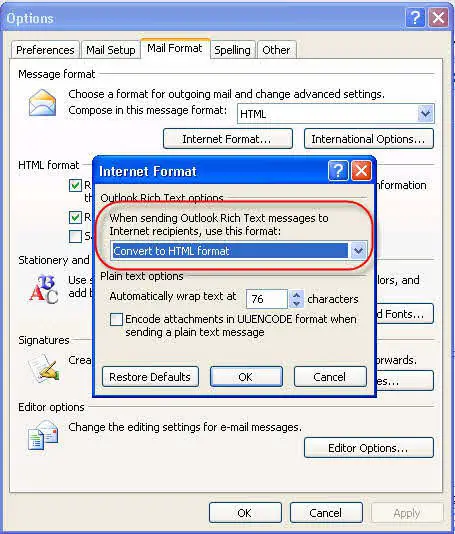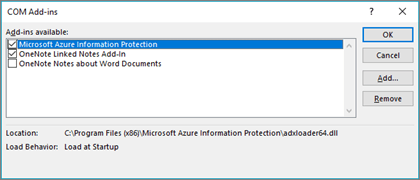

Until you do so certain functionality may be disabled." Msg * "Your Excel had some errors which the system fixed automatically. Reg delete HKCU\Software\Microsoft\Office\14.0\Excel\Resiliency\DisabledItems /va /f Msg * "Your Word had some errors which the system fixed automatically. Reg delete HKCU\Software\Microsoft\Office\14.0\Word\Resiliency\DisabledItems /va /f


Msg * "Your Outlook had some errors which the system fixed automatically. Reg delete HKCU\Software\Microsoft\Office\14.0\Outlook\Resiliency\DisabledItems /va /f Setlocal enableextensions enabledelayedexpansionįOR /F "usebackq" %%I IN (`reg query HKCU\Software\Microsoft\Office\14.0\Outlook\Resiliency\DisabledItems`) DO (įOR /F "usebackq" %%I IN (`reg query HKCU\Software\Microsoft\Office\14.0\Word\Resiliency\DisabledItems`) DO (įOR /F "usebackq" %%I IN (`reg query HKCU\Software\Microsoft\Office\14.0\Excel\Resiliency\DisabledItems`) DO (įOR /F "usebackq" %%I IN (`reg query HKCU\Software\Microsoft\Office\14.0\PowerPoint\Resiliency\DisabledItems`) DO ( Nice! This doesn’t require a PowerShell script really. So all I really needed to do to see if there are disabled add-ins for a program is to just check this key, and if there are any entries I can delete them all to re-enable all the add-ins. I didn’t experiment to see if there’s a one-to-one mapping between this entry and an add-in, and also whether the entry is same for an add-in across all machines the important finding for me was that if I delete this entry, it enables the add-in. And that is under the HKCU hive, at HKCU\Software\Microsoft\Office\(version)\(application)\Resiliency\DisabledItems (replace (version) with 15.0 for Office 2013, 14.0 for Office 2010, 12.0 for Office 2007, 11.0 for Office 2003, you get the idea … and replace (application) with Word, Outlook, etc as before).Įach time an add-in is disabled, a REG_BINARY entry is created under HKCU\Software\Microsoft\Office\(version)\(application)\Resiliency\DisabledItems with a binary value.

The key thing in the registry keys above is the LoadBehavior entry.These two locations contain keys for each add-in installed for that particular application.Here’s a screen shot for the Outlook InterAction add-in for a user. The two locations are: HKCU\Software\Microsoft\Office\(application)\Addins\ and HKLM\Software\Microsoft\Office\(application)\Addins\ (replace (application) with Word, Outlook, Excel, or PowerPoint). So you have to look under both HKLM and HKCU. Add-ins can be installed for all users on the machine or just a specific user.I started off thinking I might need to do some fancy stuff to enable add-ins, but soon realized that they are all controlled by the registry. What I want to do here is (1) warn users when the above dialog box comes up, advising them not to click the “YES” button and (2) if they do click “YES” then somehow enable the add-ins behind their back and get them to close and open the affected program. Then we in IT have to do the boring task of going to their add-ins screen and enabling these items followed by closing and opening Word, Outlook, whatever. But users being users they click “YES” intentionally or inadvertently and then call IT with complaints that their Word, Outlook, etc aren’t working as expected. We don’t know why they keep getting it, but ideally users should be clicking “NO” as we use all these add-ins and don’t want them disabled. Every so often when users open Word, Outlook, Excel, etc they get a prompt like the one below: So as I mentioned yesterday I have been thinking of using Task Scheduler to try and enable disabled Office add-ins automatically.


 0 kommentar(er)
0 kommentar(er)
